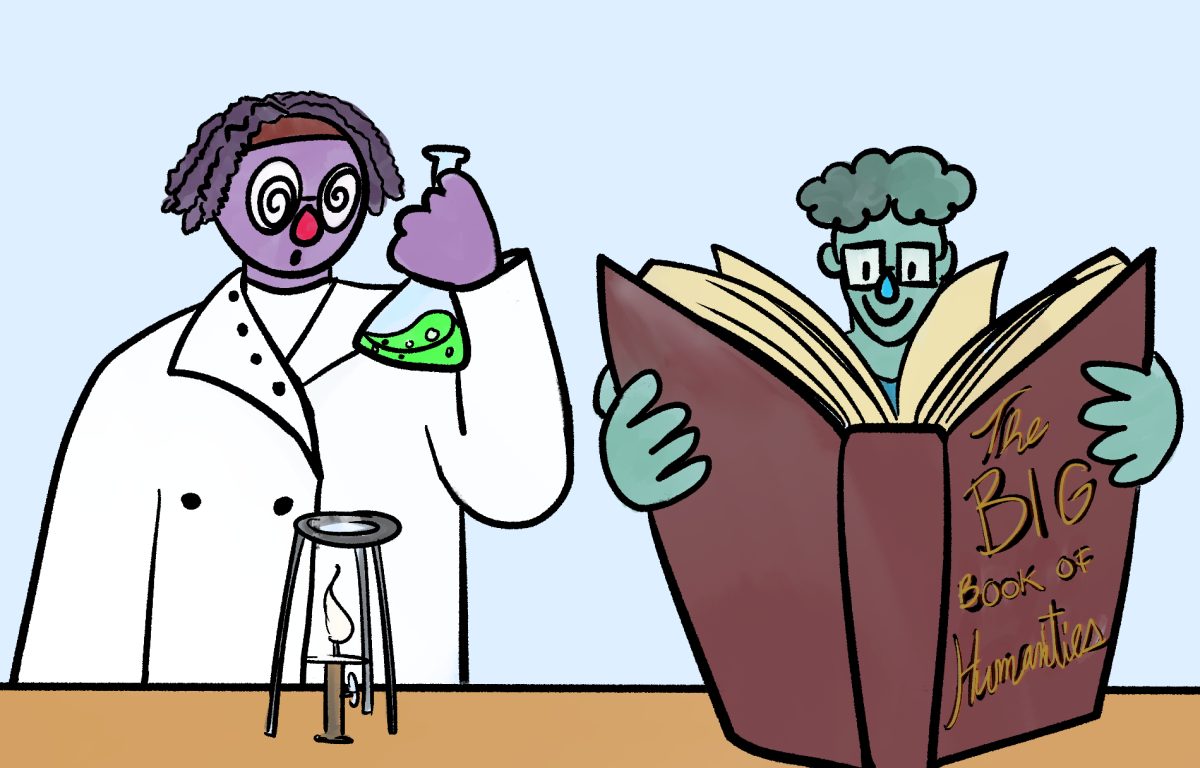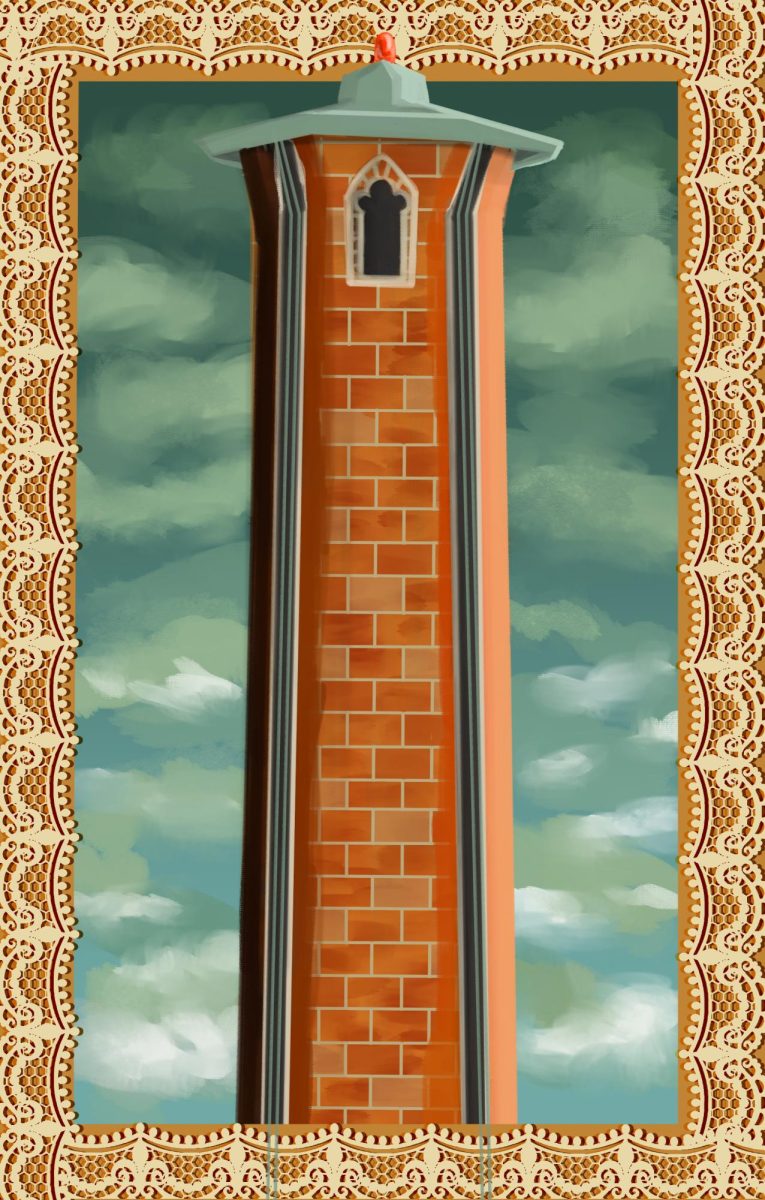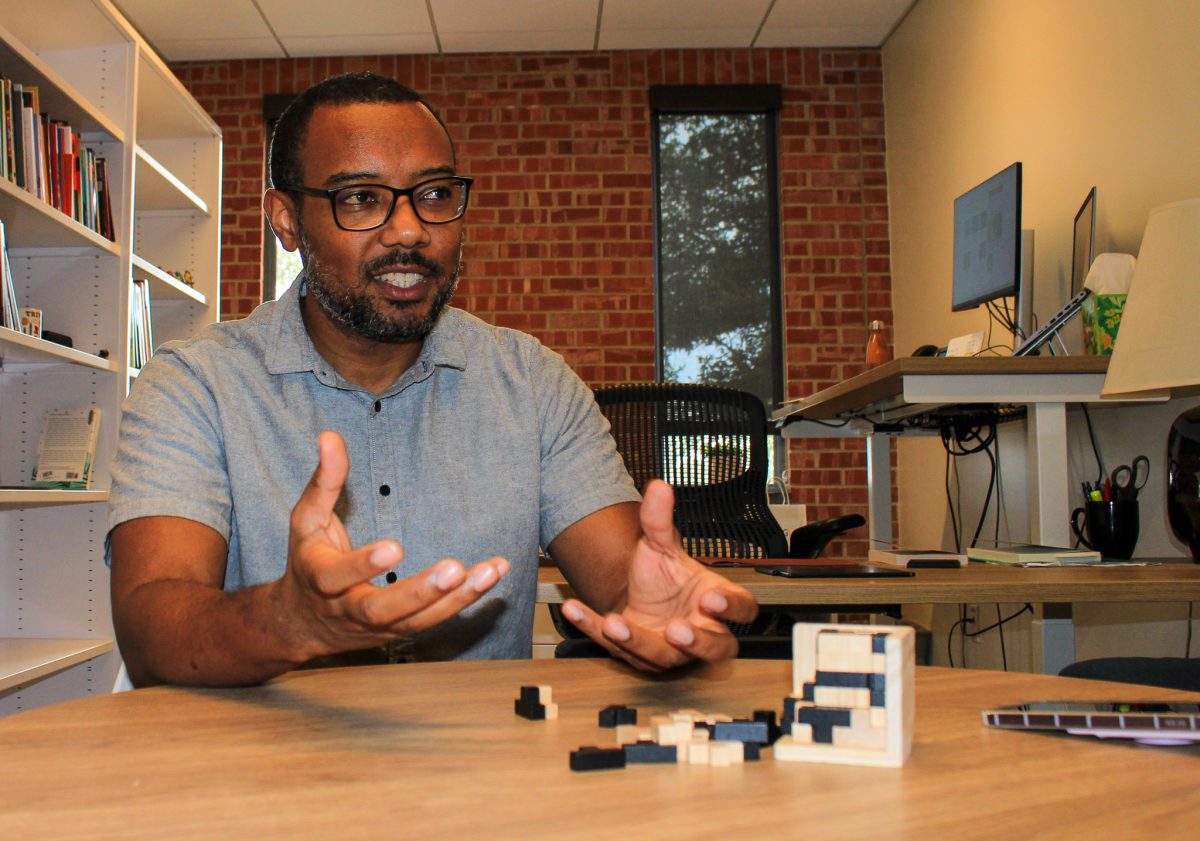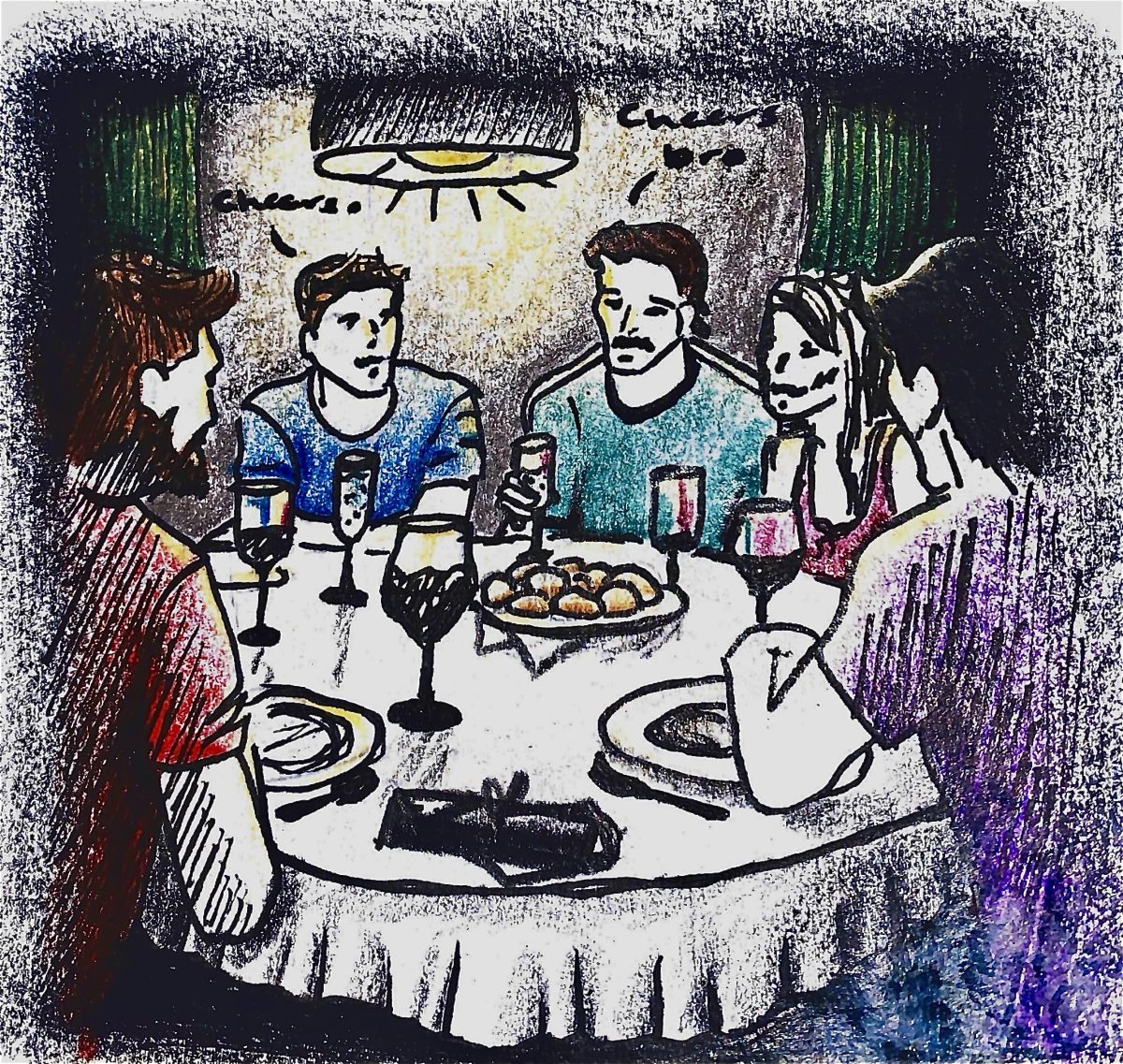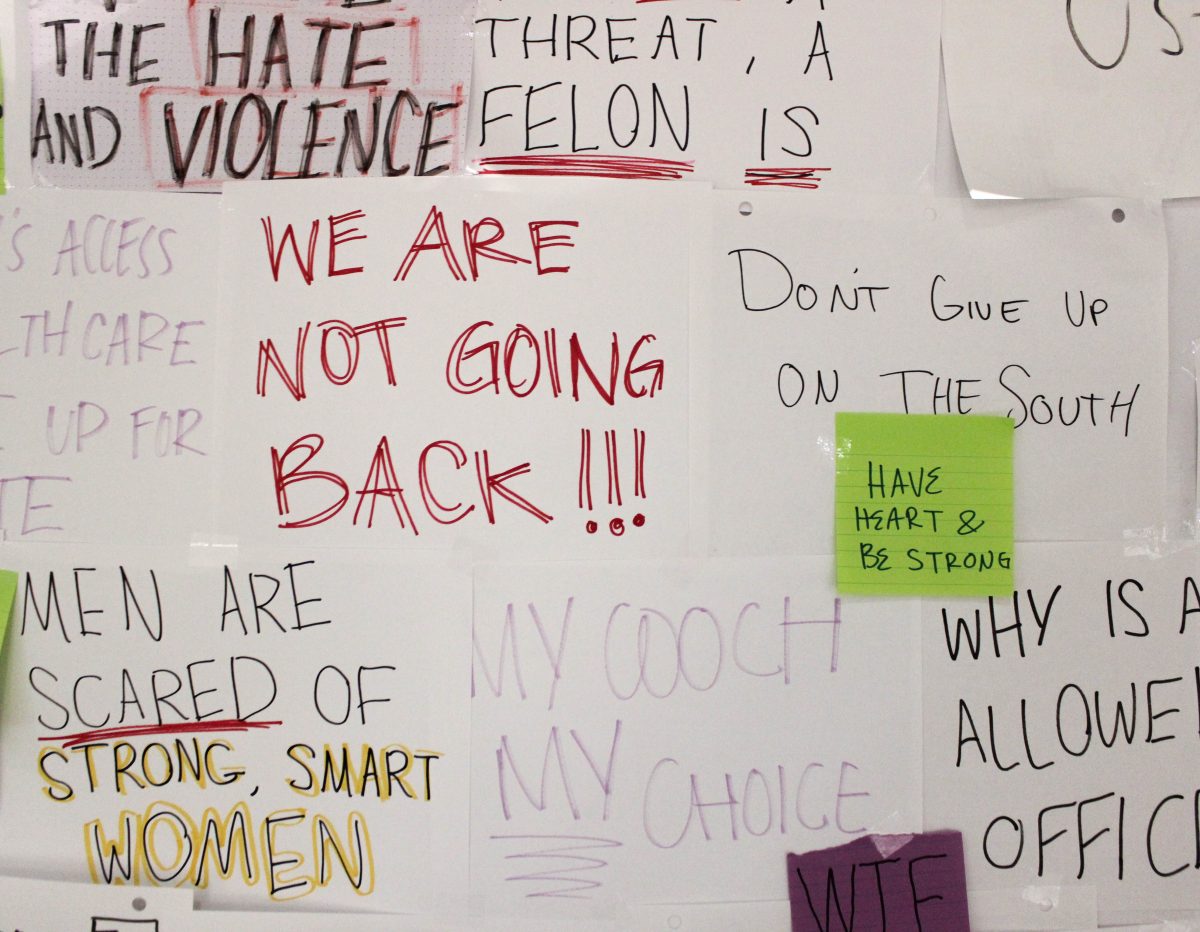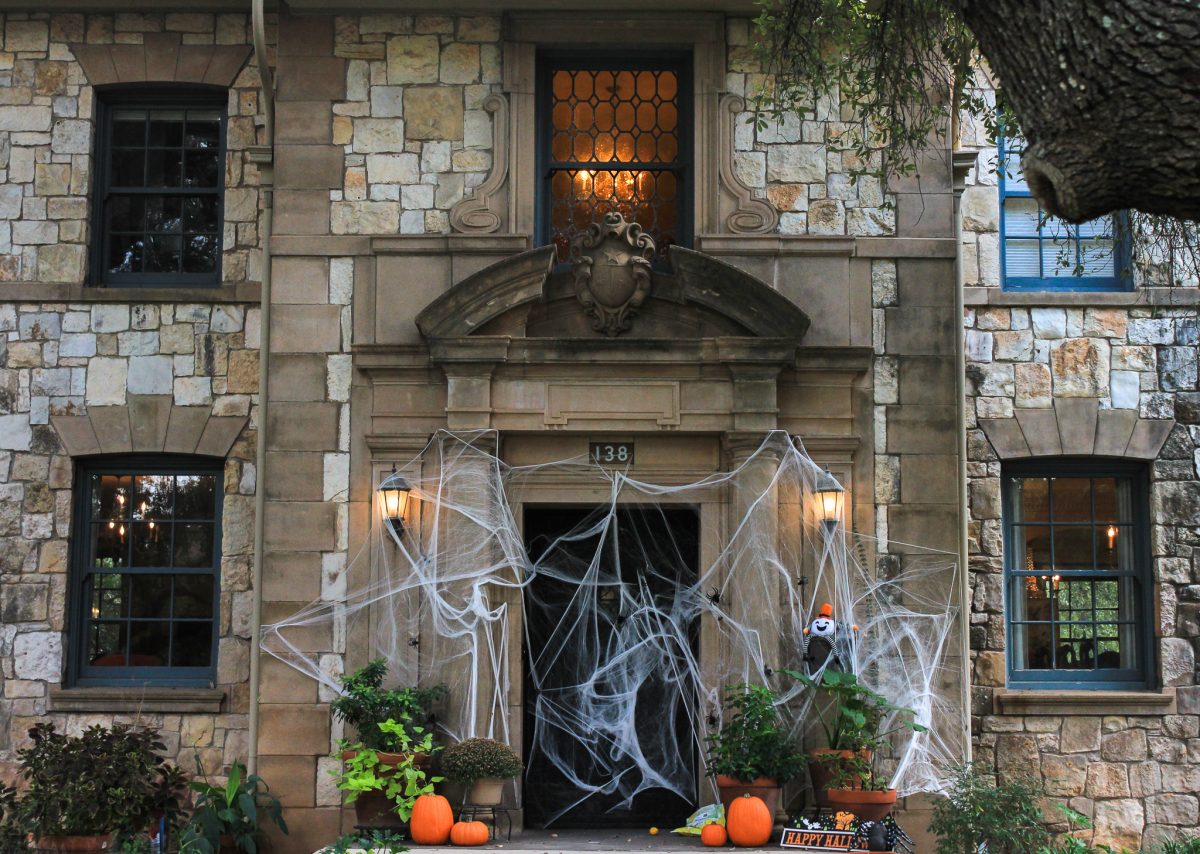The Trinitonian sat down with Jim Worman, director of Trinity’s symphonic wind ensemble, to learn more about the upcoming wind ensemble performance, which is set to take place at 3 p.m. Sunday, April 28, in the Ruth Taylor Recital Hall. Admission is free and open to the public. The theme of the concert is “People, Places and Events in the History of the United States.”
Question: How long have you conducted wind ensemble?
Answer: I’m in my 30th year of teaching, and it’s my 16th year at Trinity this year. I’ve really been conducting since high school, but professionally, 30 years.
Q: How many musicians and instruments are in wind ensemble?
A: The group has 55 instruments in it””think “band.” So that includes flutes, oboes, bassoons, clarinets, saxophones. There are also brass instruments and percussion. For this performance, though, we’re using different sized tin cans, pails and brake drums to emulate the sense of a factory for one of the pieces we’re performing. Basically, anything that you can hit.
Q: What types of music will be showcased in this performance?
A: Well, that’s difficult””if this was iTunes, it would fall under “Classical.” However, there’s everything from an 1892 piece originally written for an organ to a piece written in 2001. Stylistically, the expressions are quite wide. I wanted to capture different aspects of life by taking a sort of cross-section approach.
Q: What pieces in particular will be played?
A: William Grant Still’s piece is more vernacular, and it’s a blues set. It’s about rural Mississippi Delta life. Grant was an African American composer who draws from his own experiences in the piece. There’s also “Rosie the Riveter” by Dr. Felicia Sandler, which is more contemporary and edgy. In addition to attending the concert and rehearsing with the band on Saturday, Sandler will also provide a brief, spoken introduction to her piece.
Q: What is the theme of this concert and how did you decide on it?
A: A lot of pieces written for band are meant to capture some aspect of life in the United States. I’m a closet history buff, and the cultural and political history of the U.S. as portrayed through music draws me in. There’s usually one piece that I want to do and then I want to create a frame for elucidation of that particular piece and what it’s saying””I really want the audience to understand everything that happened when they walk out of the concert. “Rosie the Riveter” was the piece I wanted, so then it made sense to construct an American historical biography, landscape, event-era sort of thing. The first piece is like the lighting in the room, in that it sets the tone for the rest of the concert, and it’s a bit quirky and irrelevant. The second is about the Kennedy assassination. Then the third is the Grant piece, which is meant to counter the conception of one American consciousness. Then, after intermission, we begin with “Rosie the Riveter,” which is the feature selection. Our ending piece is an unconventional choice. It was used at the 1965 World’s Fair held in New York City in a waiting area before an elevated tram ride. In the waiting area, there was an 11 and a half minute movie that showed shots of New York City, and the composer, Norman Dello Joio, was asked to write music to accompany with it.
Q: Tell me more about the “Rosie the Riveter” piece.
A: It’s a challenging piece. It is unconventional and edgy. It’s challenging technically in some places, and conceptually challenging in other ways. The rhythm and melody of pieces are usually more familiar in structure, but this piece is more sound-driven and episodic. There isn’t musical history to grab onto for this piece, but new art is often like that.
Q: How has preparation for the concert gone overall?
A: We made a midstream change. “Early Light,” a piece by another female composer””which is a homage to baseball and is comprised of rewritten sections of the American national anthem””had to be cut. We’ve had a shorter time to prepare this semester, and about three weeks ago, we switched to a piece by John Philip Sousa, which is still baseball-related, which I wanted.
Q: What distinguishes this particular symphonic wind ensemble concert from previous ones? Why should students come out to this show?
A: It’s different. I try to give every concert a different voice””it won’t be what you’ve heard before. I try to bring in composers on a regular basis, and this year Dr. Sandler””who is a very diverse composer who is interested in conceptual art and mixed media pieces””is our guest. We will also have a student conductor, senior music education student Maria O’Connor, conduct one of the pieces. She’s been able to do it all, from many of the rehearsals to the performance. People should come out because chances are, they might have friends in ensemble. Also, there’s a lot of neat stuff going on around campus that many people don’t know about””there are a lot of talented people at Trinity, and this is an opportunity to see that talent being showcased.
Q: Anything else you think the Trinity community should know about the process of preparing for the performance generally?
A: All of us do more than just prepare the students technically to perform the pieces. We work on context extensively, so that we can connect what we’re doing to other courses students might be taking, so they know more about what they’re contributing to. They can understand the intended meaning of the pieces and convey that to an audience. We want students to engage in this””it’s not just choir or orchestra””it’s artistic, and there’s more to it than people initially might think. There are intellectual, artistic and personal energies that go into that sort of preparation.

